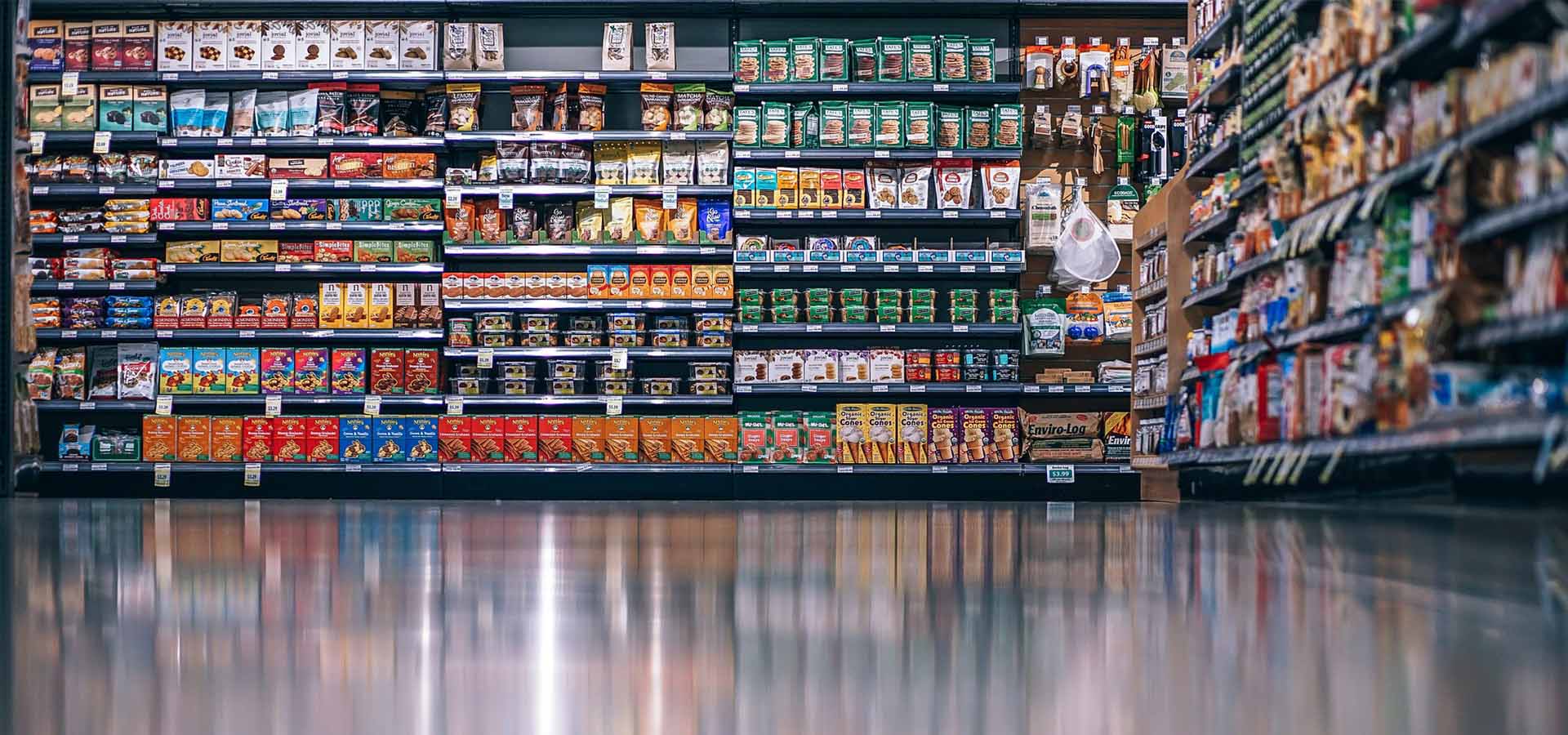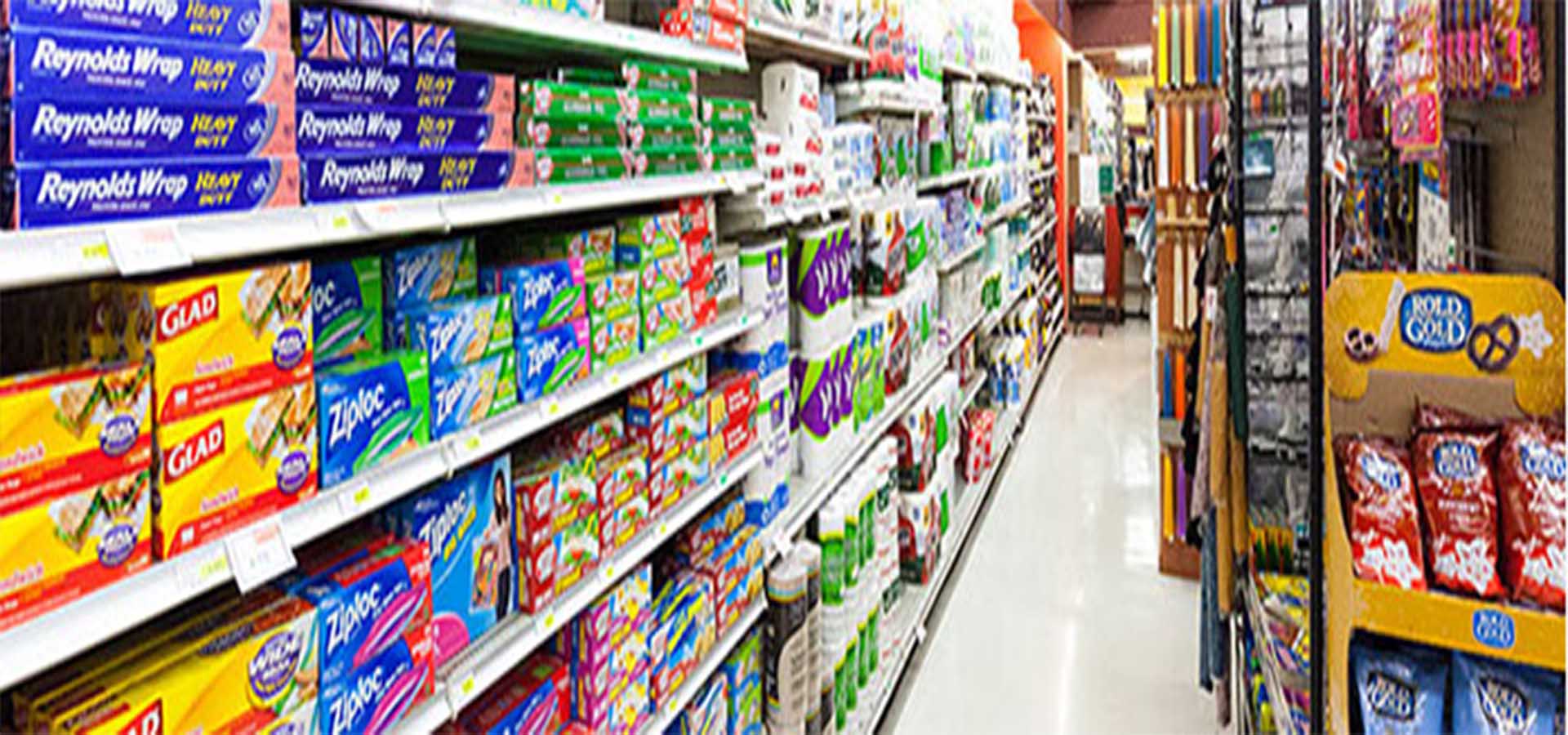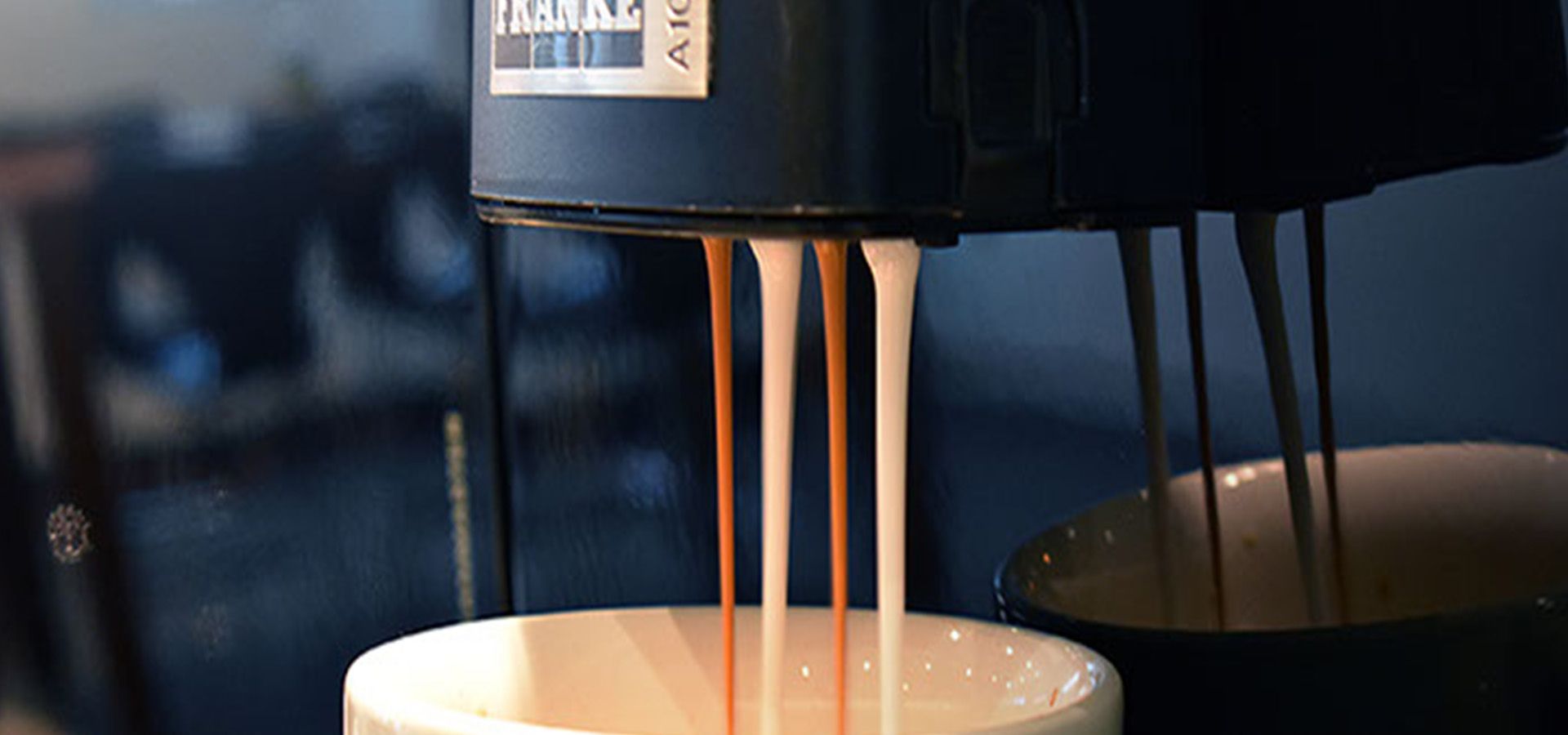
Expanding Product Portfolio

Expanding convenience store product portfolio
Over the last five years energy costs of a 5,000 sq. ft. convenience store have been reduced by 49 per cent due to these new technologies and the equipment performance for maintaining consistent product temperatures has also improved.
Convenience stores are looking to differentiate their store brand from the other food retail competitors in their area … whether those are grocery stores, quick service restaurants, drug or dollar stores … everyone is selling food today. Why is this trend so popular? It is because today’s consumers are time constrained so they need convenient, healthy snacks and meals as they move through their activity filled lives. As a result of this trend convenience stores are being challenged to increase their foodservice offerings which requires more refrigerated and frozen display cases and walk in coolers.
Self-contained display cases are still a good option. Island configurations provide multiple levels of display space for packaged items such as sandwiches and salads and other complementary items to make a meal. They are easy to shop during those peak meal time hours and they don’t minimize your counter space for other items. If you are concerned about using your center store floorspace, there are many variations of open multi decks with more vertical display space and a narrower footprint. These cases fit great within your existing counter space.
This equipment continues to be more energy efficient as new technologies for lighting, fan motors, and compressors are being developed. Over the last five years energy costs of a 5,000 sq. ft. convenience store have been reduced by 49 per cent due to these new technologies and the equipment performance for maintaining consistent product temperatures has also improved. You can still see tremendous energy efficiency improvements by upgrading your existing stores with new LEDs in both display cases, walk in coolers and overhead store lighting.
For those traditional one, two and three door medium and low temperature self-contained merchandisers, the energy efficiency is improved with new refrigeration systems and air flow enhancements that result in consistent temperatures throughout the entire display space.
New refrigerants such as R290 propane are more popular than ever to reduce carbon footprint and lower Gwp without sacrificing performance.
Digital technologies can provide actionable data around energy, temperature and performance help to keep your refrigeration equipment operating at the optimal performance levels but also can help with scheduled service and maintenance instead of waiting until something fails and then having to act immediately. And, we are seeing more new digital technologies like electronic shelf labels (ESL) that enable the retailer to automate pricing for accuracy improvements as well as better manage the product mix. ESL also provide your shoppers with more product information and can integrate with their loyalty programs resulting in a more personal experience.
Walk in coolers and freezers are the heart of the convenience store, still today. They are easy to merchandise and allow for substantial product storage and have been relatively reliable over the years. But energy efficiency has been improved by changes to LEDs that also improve the overall visibility of the product display inside the cooler as well as new designs in the door itself. Energy is used in the door components, in the insulation value of the glass, door and frame and in the refrigeration system to overcome the heat introduced to the cooler or freezer by the energy using devices in the door system. While there may be solutions to lower energy in each part of the door or door system, the greater challenge is to lower the energy in all aspects without compromising the overall performance of the door to maintain temperature within the display zone.


































